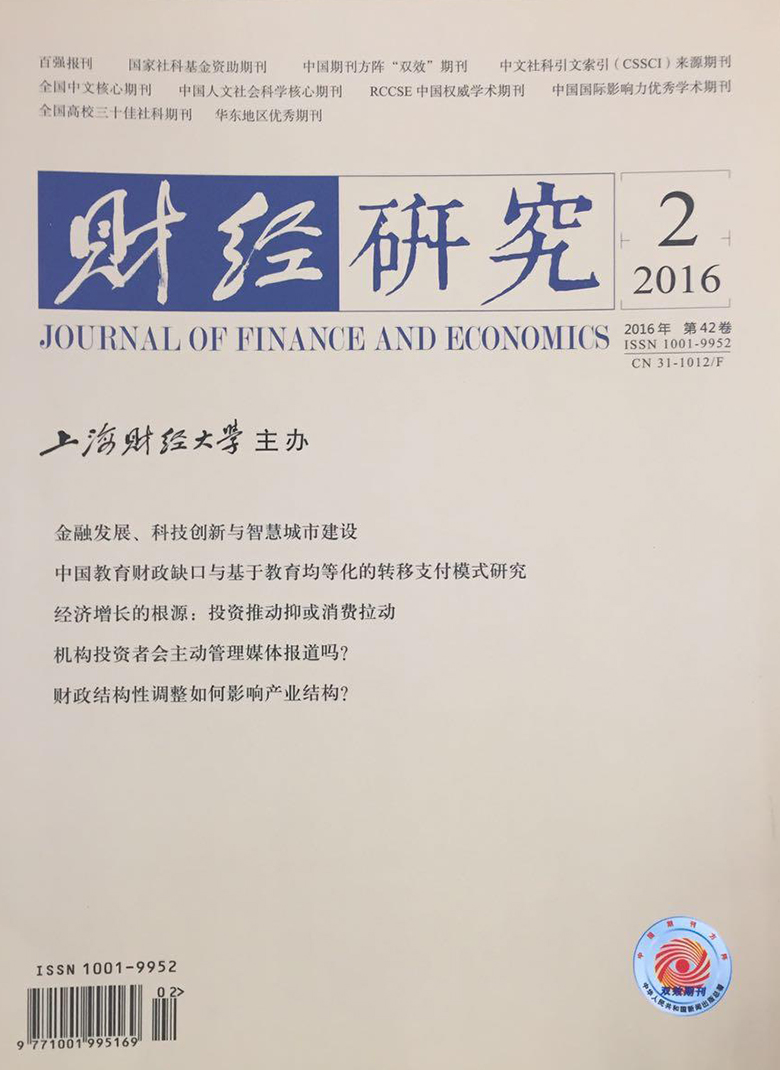The majority of education expenditures are paid by local governments in China. On the one hand, owing to the performance evaluation system taking GDP as a standard, the education efforts of local governments are at a lower level; on the other hand, the differences in natural endowments and economic development among regions lead to the greater gap of education development level among regions. Firstly, this paper uses the 2012 data to estimate China's provincial education fiscal gap on the basis of the determination of the proportion of education resources in regions. The results show that, the gap of education finance concentrates in Central China and West China, but our present education transfer payments funds cannot make up for the gap of education finance in these regions. On the basis of this situation, it designs a set of conditional grant modes of education special transfer payments, and combines the constraints of local government fiscal decision-making behavior and the system of education special transfer payments together, in order to guarantee the education resources and make up for the local gap of education finance.
 / Journals / Journal of Finance and Economics
/ Journals / Journal of Finance and EconomicsJournal of Finance and Economics
LiuYuanchun, Editor-in-Chief
ZhengChunrong, Vice Executive Editor-in-Chief
YaoLan BaoXiaohua HuangJun, Vice Editor-in-Chief
A Gap of Chinese Education Finance and Transfer Payments Modes Based on Education Equalization
Journal of Finance and Economics Vol. 42, Issue 02, pp. 27 - 39 (2016) DOI:10.16538/j.cnki.jfe.2016.02.003
Abstract
References
Abstract
Cite this article
Tu Jianzhou, Ma Hongqi. A Gap of Chinese Education Finance and Transfer Payments Modes Based on Education Equalization[J]. Journal of Finance and Economics, 2016, 42(2): 27–39.
Export Citations as:
For
ISSUE COVER
RELATED ARTICLES




 8429
8429  5856
5856

